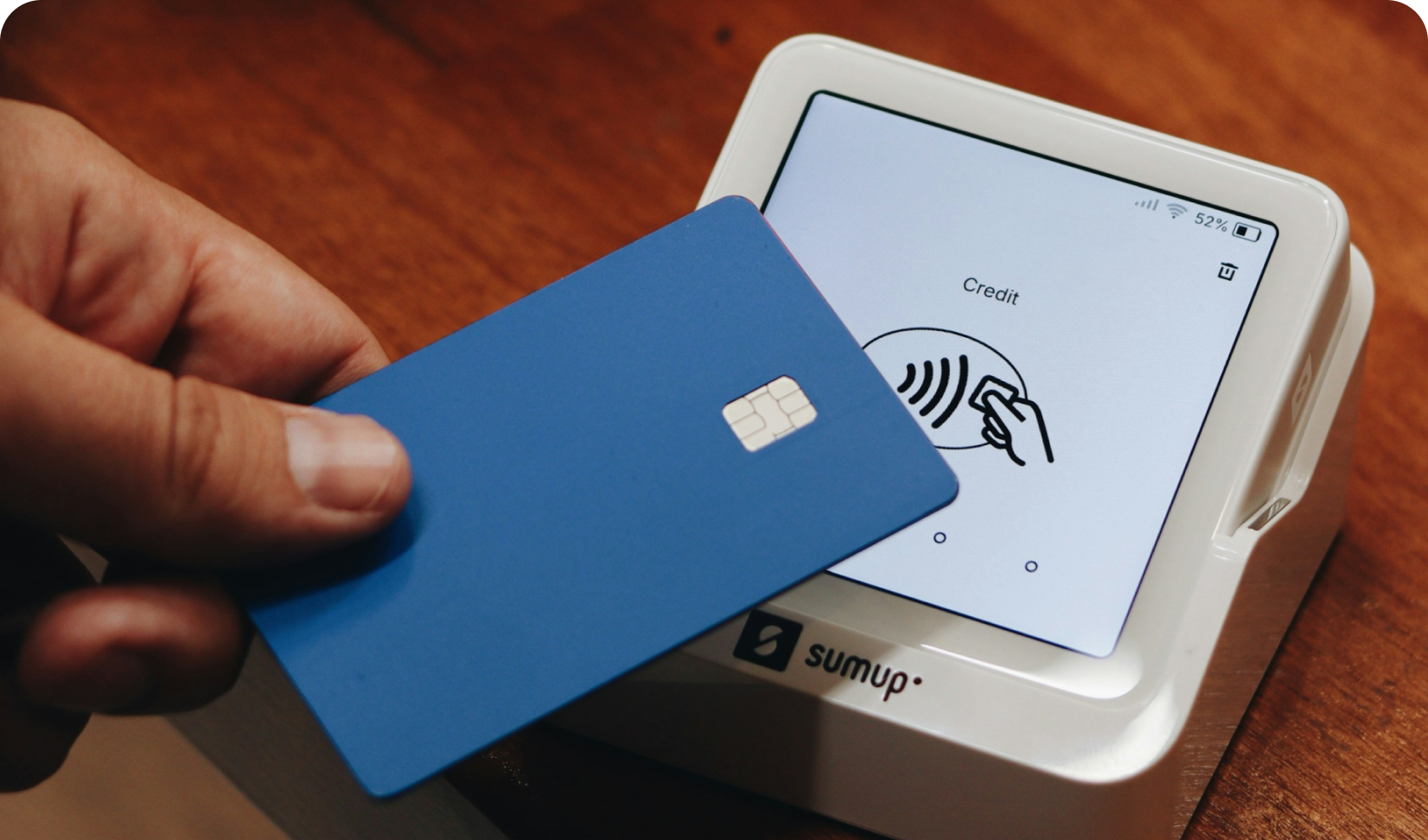The Semantic Differential Scale: The Power of Perceptions in Market Research
Appinio Research · 16.08.2023 · 9min read

Content
Market researchers are always on the lookout for innovative tools that can provide deeper insights into consumer behavior and preferences. One such powerful methodology is the Semantic Differential, which offers a unique perspective on human perceptions.
In this article, we will delve into the concept, history, and various applications of the Semantic Differential.
Additionally, we will explore how to design an effective study, analyze the data, and draw meaningful insights for businesses.
Understanding the Semantic Differential
The Concept of Semantic Differential
The Semantic Differential is a psychometric technique developed by Charles Osgood, George Suci, and Percy Tannenbaum in 1957. Its purpose was to measure the meaning of concepts and objects through subjective perceptions.
This method operates on the assumption that individuals structure their understanding of the world using bipolar dimensions, such as good-bad, powerful-weak, modern-traditional, and so on.
Components of the Semantic Differential Scale
The Semantic Differential scale consists of a series of bipolar adjective pairs, each representing opposite meanings.
Respondents rate the target concept or object on each pair of adjectives along a numerical scale, typically ranging from 1 to 7 or 1 to 9. For example, participants might rate a brand on attributes like "innovative - conventional," "reliable - unreliable," and so forth.
Scaling and Measurement Techniques
Researchers can implement various scaling techniques for the Semantic Differential, such as Likert scales, graphic rating scales, or numerical scales.
The choice of scaling method depends on the research objectives, the complexity of the concepts being measured, and the preferences of the target audience.
Semantic Differential Scale Examples
/UK%20-%20US/Semantic%20differential/BLOG_Semantic_Differential.png?width=1440&height=960&name=BLOG_Semantic_Differential.png)
These Semantic Differential scales can be used to measure various attributes and help researchers understand how people perceive different concepts, products, or experiences.
- Luxury - Economical: Rate a product's perceived luxury or economy.
- Innovative - Conventional: Measure the degree of innovation associated with a concept or design.
- Modern - Traditional: Assess the perception of modernity or adherence to tradition.
- Friendly - Unfriendly: Capture the friendliness of a service or brand.
- Exciting - Boring: Gauge the level of excitement generated by an event or experience.
Applications of the Semantic Differential
The Semantic Differential plays a crucial role in market research by helping businesses understand how consumers perceive their products or services. By exploring the semantic space associated with a brand or product, companies can identify strengths and weaknesses, thus allowing them to tailor marketing strategies that better align with consumer preferences.
- Brand Perception and Image Studies
For businesses looking to build a strong brand image, measuring brand perception is essential. The Semantic Differential aids in evaluating brand personality, reputation, and positioning, enabling companies to develop targeted campaigns that resonate with their target audience. - Product Design and Innovation
Understanding how consumers perceive product attributes is vital for designing products that meet their needs and preferences. Semantic Differential analysis enables businesses to optimise product features and enhance the overall user experience. - Advertising and Communication Effectiveness
Advertising campaigns can be evaluated using the Semantic Differential to assess their impact on consumers' perceptions and attitudes. This analysis helps marketers fine-tune their messaging and visuals to create more compelling and effective ads. - Employee and Organisational Surveys
Semantic Differential surveys can be applied within organisations to measure employee satisfaction, organisational culture, and leadership effectiveness. This aids in identifying areas for improvement and fostering a positive work environment.
Semantic Differential Scale vs. Likert Scale
The Semantic Differential scale and the Likert scale are both commonly used in survey research to assess attitudes, perceptions, and preferences, but they differ in their underlying principles and response formats.
The Semantic Differential scale relies on bipolar adjective pairs, where respondents rate an object or concept on opposite adjectives along a numerical scale. For example, participants might rate a product on "innovative - conventional" or "attractive - unattractive."
In contrast, the Likert scale uses a series of statements or items with a fixed number of response options, typically ranging from "strongly disagree" to "strongly agree."
Respondents select the degree to which they agree or disagree with each statement.
While the Semantic Differential provides a more nuanced understanding of perceptions through direct comparisons, the Likert scale offers a straightforward and easy-to-interpret assessment of attitudes based on degrees of agreement or disagreement.
The choice between these scales depends on the research objectives, complexity of the concepts being measured, and the preferences of the researchers and respondents.
Designing an Effective Semantic Differential Study
- Formulating Clear Research Objectives
The success of a Semantic Differential study depends on having clear research objectives. Researchers must define the specific concepts or objects they want to measure and the insights they aim to gain from the data. - Selecting Appropriate Semantic Differential Attributes
Carefully choosing the attributes to be included in the Semantic Differential scale is crucial. The attributes should be relevant, meaningful, and tailored to the specific research context. - Determining the Right Scale Length and Type
Selecting an appropriate scale length and type depends on the complexity of the research and the level of detail required in the responses. - Sampling and Data Collection Methods
Ensuring that the sample represents the target population accurately is essential. Researchers must decide on the data collection method, whether it's online surveys, face-to-face interviews, or other suitable approaches.
Analysing and Interpreting Semantic Differential Data
Once the data is collected, it needs to be processed and cleaned to remove any errors or inconsistencies. This step ensures the accuracy and reliability of the analysis.
Statistical methods such as mean, standard deviation, and correlation can be employed to analyse the Semantic Differential data. Factor analysis is often used to identify underlying dimensions and relationships among the attributes.
Interpreting the results of a Semantic Differential study requires careful consideration of the patterns and trends revealed by the data. Researchers should look for significant differences between groups, identify key drivers of perception, and draw actionable insights for decision-making.
Advantages and Limitations of the Semantic Differential
Advantages
The Semantic Differential offers several advantages, such as its simplicity, flexibility, and ability to capture complex perceptions in a structured manner. It provides a deeper understanding of how individuals perceive and evaluate concepts or objects.
Limitations and Potential Biases
Like any research method, the Semantic Differential has limitations. It relies heavily on subjective responses, which may introduce response bias.
Additionally, the choice of adjectives and the scale's framing can influence results.
Best Practices and Tips for Semantic Differential Studies
- Ensuring Validity and Reliability
Maintaining the validity and reliability of the Semantic Differential study is crucial. To achieve this, carefully select attributes that align with your research objectives, pilot-test the survey with a small group to identify and address any issues, and implement data validation checks and protocols to ensure data quality. - Ethical Considerations in Data Collection
Respecting ethical guidelines in data collection is essential to protect participants' rights and privacy. This includes obtaining informed consent by clearly explaining the study's purpose, ensuring anonymity and privacy, and guaranteeing the confidentiality of participants' responses. - Integrating Semantic Differential with Other Research Methods
Combining the Semantic Differential with other research methods, such as surveys or focus groups, can enrich the understanding of consumer behavior and perceptions. For example, you can combine Semantic Differential scales with traditional survey questions to gather both quantitative and qualitative data. Additionally, using the Semantic Differential as a discussion starter in focus groups can help you delve deeper into participants' perceptions and preferences.
Conclusion
The Semantic Differential has proven to be an invaluable tool in market research and business, enabling a deeper understanding of consumer perceptions and attitudes. Through its unique approach of using bipolar adjective pairs, businesses gain insights into the complex nuances of human perception, helping them make informed decisions that resonate with their target audience.
By measuring brand perception, assessing advertising effectiveness, and understanding consumer preferences, companies can refine their strategies to stay competitive in the ever-evolving market landscape.
While the Semantic Differential has its strengths, it is essential to acknowledge its limitations, particularly its reliance on subjective responses and potential biases. Researchers must exercise caution in selecting appropriate attributes and designing studies that align with research objectives.
Get facts and figures 🧠
Want to see more data insights? Our reports are just the right thing for you!


